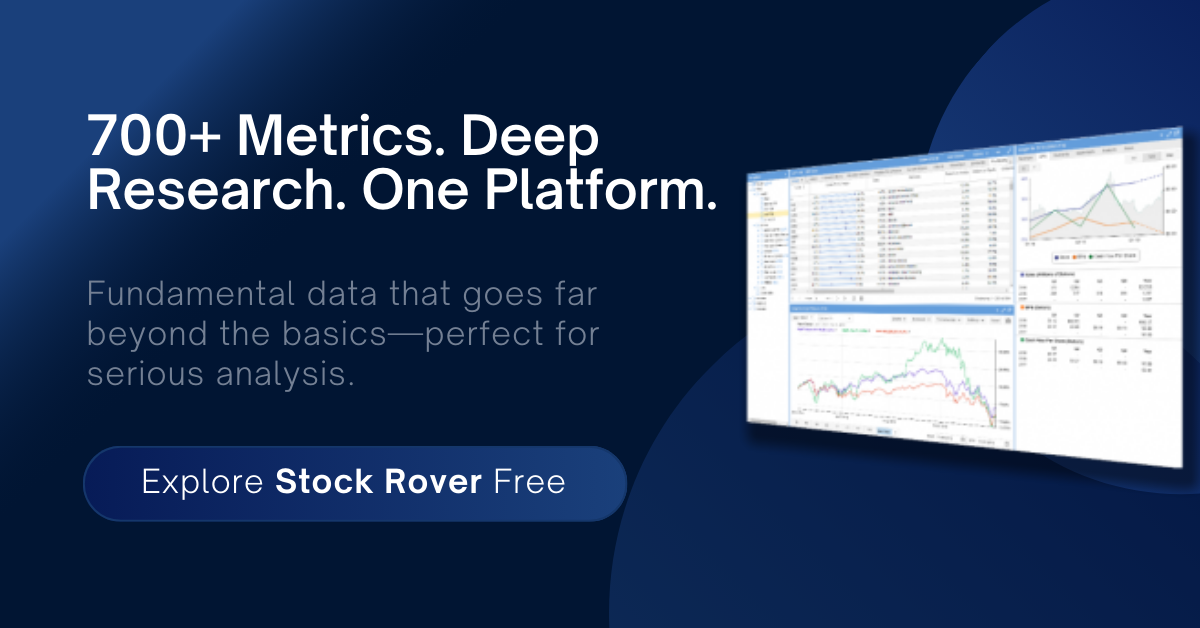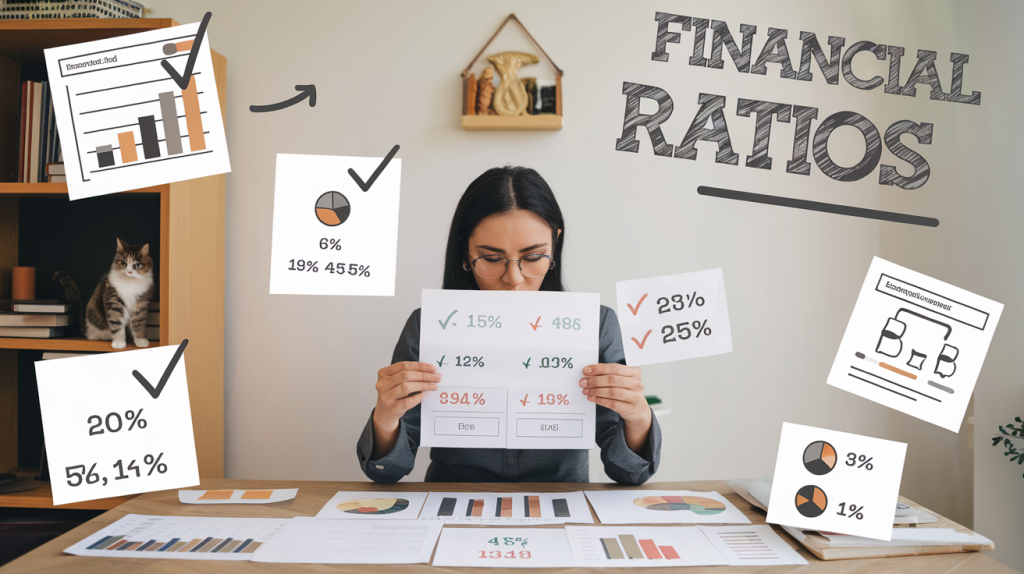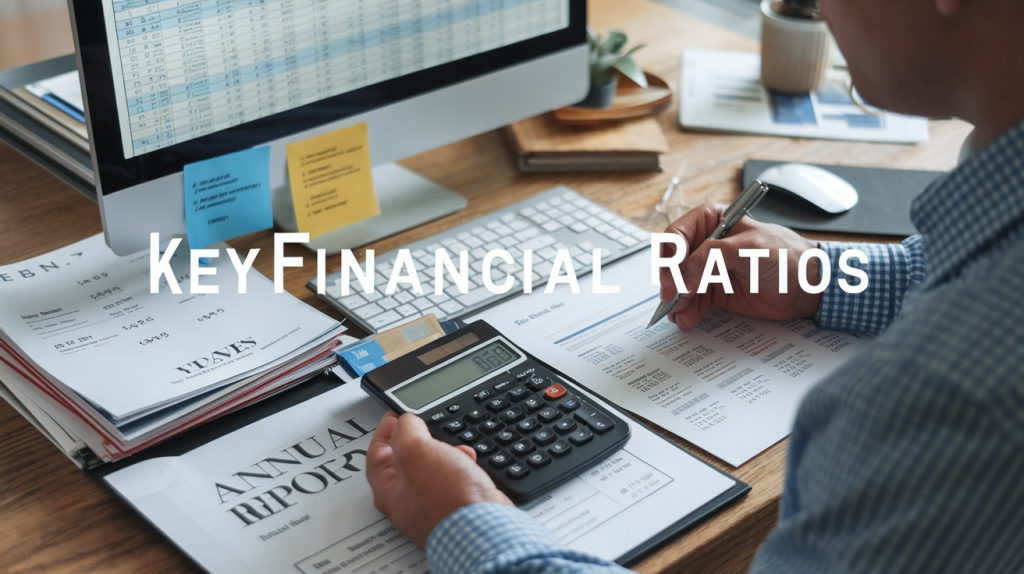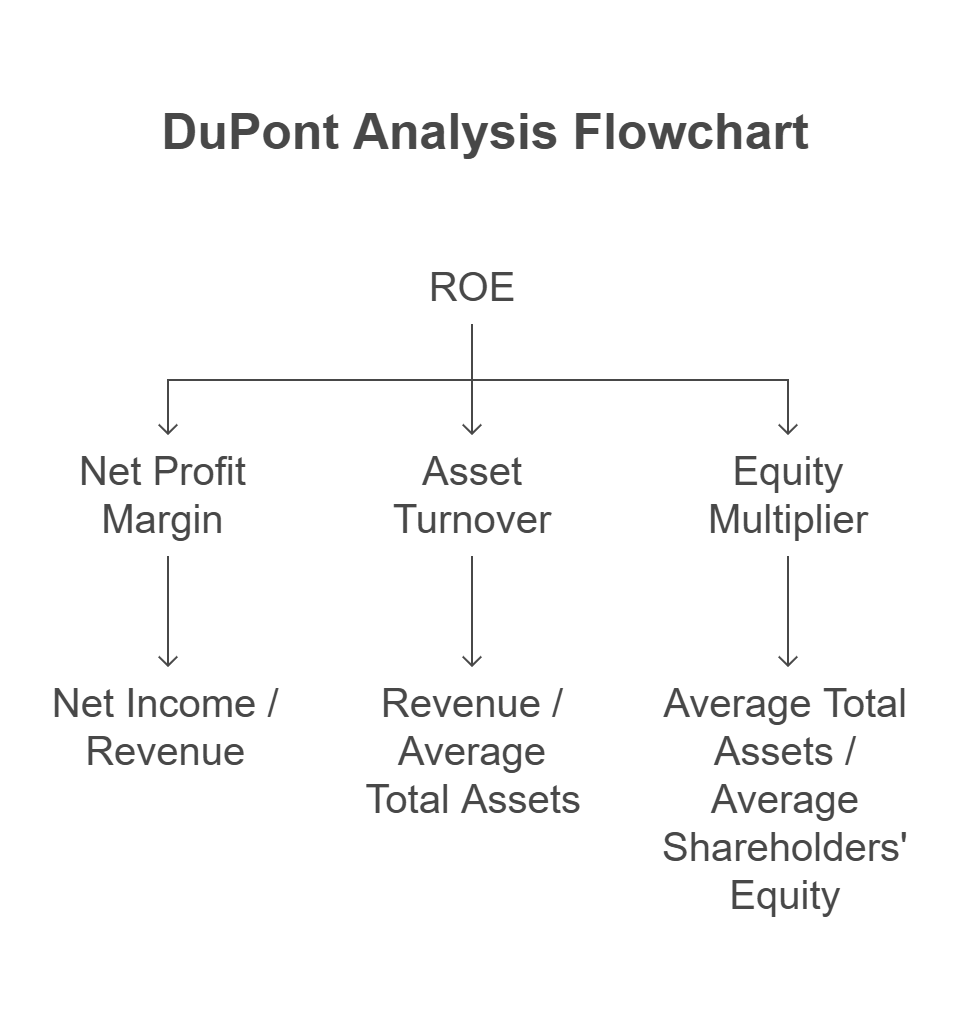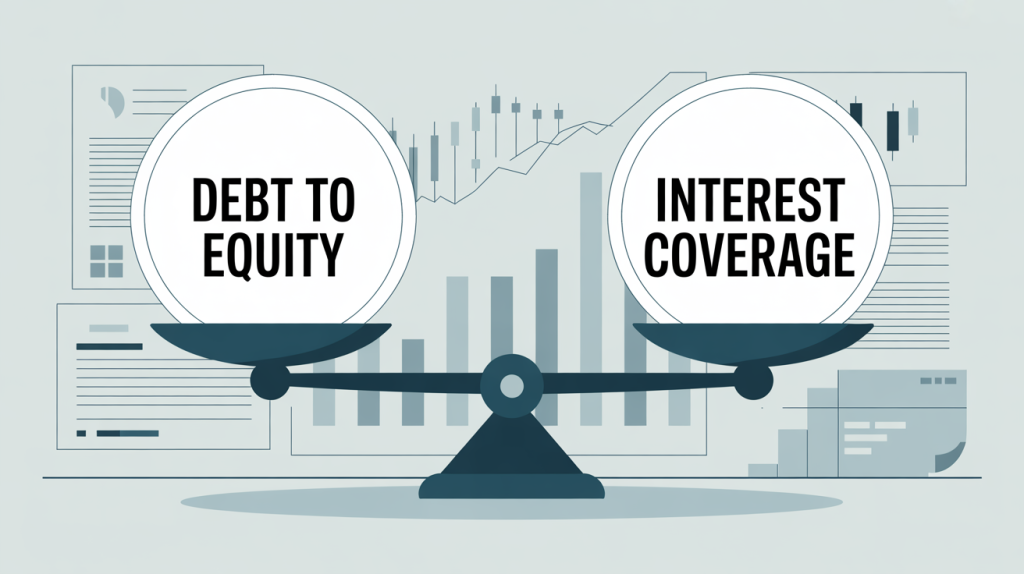
When I look at a balance sheet, I am always interested in a business’ ability to pay its obligations. All companies will go through rough patches over their lifetimes. In as much as we want the business to grow and prosper, and the company to invest in its growth, if the balance sheet is not able to survive these rough patches, then the stock may not be worth an investment irrespective of its valuation.
Debt, and debt service, therefore is critical piece of the capital structure. As investors, we need to pay attention to it.
An easy way to do this is review the debt to equity ratio. If the company uses too much debt to finance itself, it will have a high debt to equity ratio. A low debt to equity ratio indicates a conservative management, and a high ratio indicates a management that is too happy to tap the debt markets to fund operations. I generally go for a debt to equity ratio below 0.6.
But consider this: certain industries require high capital expenditures which is predominantly funded by debt. Most old school manufacturing businesses fall into this category. Ocean shipping companies need to finance every new ship they acquire. The ship is the collateral, and it is not possible to use equity financing to fund new acquisitions. Debt is also typically a cheaper form of financing and the coupon payments tend to be fixed and predictable. And finally, collateralized debt can actually be less risky for the business.
So the more relevant question to ask is, can the company actually support the level of debt it has with its cash flow and earnings power?
Why the Debt to Equity Ratio Isn’t Enough
Debt to Equity Ratio = Total Liabilities / Shareholder’s Equity
Before diving into comparisons, let’s break down the problem. The debt to equity ratio simply tells you how much debt a company has relative to shareholder equity. But it says nothing about the company’s ability to handle that debt. You could have two companies with the same D/E ratio, say 1.5, but vastly different interest obligations and earnings power. Without knowing the income side of the equation, the D/E ratio is like judging a mortgage borrower by their loan balance or Loan to Value ratio, without asking about their income or even the interest rate on the loan.
The Interest Coverage Ratio Reveals Earnings Strength and Credit Worthiness of the Company
Interest Coverage Ratio = Earnings Before Interest and Taxes / Interest Expense
Here’s where the interest coverage ratio comes into the picture. It measures how many times a company can cover its interest payments with its operating income (EBIT). A ratio below 1.5 is a red flag. Above 3 is a good baseline. The higher the ratio, the more room the company has to breathe during downturns or business hiccups. In value investing, where we often hold through volatility, this buffer can mean the difference between staying solvent or wiping out.
Also realize that a better credit worthy company will have higher interest coverage ratio for the same level of debt because it can get debt funding at lower interest cost.
When to Rely More on One Ratio Over the Other
So which ratio should you prioritize? It depends on what you’re analyzing:
- Use the debt to equity ratio when you want to assess capital structure, especially in asset-heavy sectors like real estate, infrastructure, or financials.
- Use the interest coverage ratio when you want to assess survivability in cyclical or volatile businesses, like industrials, discretionary retail, or small-cap value plays.
In leveraged companies with thin margins, a strong interest coverage ratio is non-negotiable.
I look at both because they both tell different stories. In fact, I will at times also look at the time line of when the notes are coming due, and whether the company has the ability to retire the debt or roll it forward. Sometimes, a company may have significant levels of cash on the balance sheet to cover all debt, in which case a low interest coverage ratio may not be a concern.
Section 4: Combining the Ratios for a Sharper Picture
Use both. A company with a high D/E ratio and a strong interest coverage ratio might be managing debt wisely to amplify returns. That’s leverage with discipline. But if you see a high D/E and a weak interest coverage ratio, that’s a red flag. Especially in today’s rising rate environment, where interest costs are no longer negligible.
As always, context matters. These ratios are just the starting point. What really counts is understanding the business model, the industry norms, and how the company’s capital decisions align with shareholder value.
If you’re serious about protecting capital and compounding returns, you can’t rely on just one number. Debt to equity ratio and interest coverage ratio each serve a purpose, but their real power shows up when you use them together. The key is knowing what you’re looking at and why. Stay curious, stay skeptical, and always go one layer deeper. That’s how you stay ahead of the crowd and protect your downside before chasing the upside.

Shailesh Kumar, MBA is the founder of Astute Investor’s Calculus, where he shares high-conviction small-cap value ideas, stock reports, and investing strategies.
His work has been featured in the New York Times and profiled on Wikipedia. He previously ran Value Stock Guide, one of the earliest value investing platforms online.
Subscribe to the Inner Circle to access premium stock reports and strategy insights.
Featured in:


